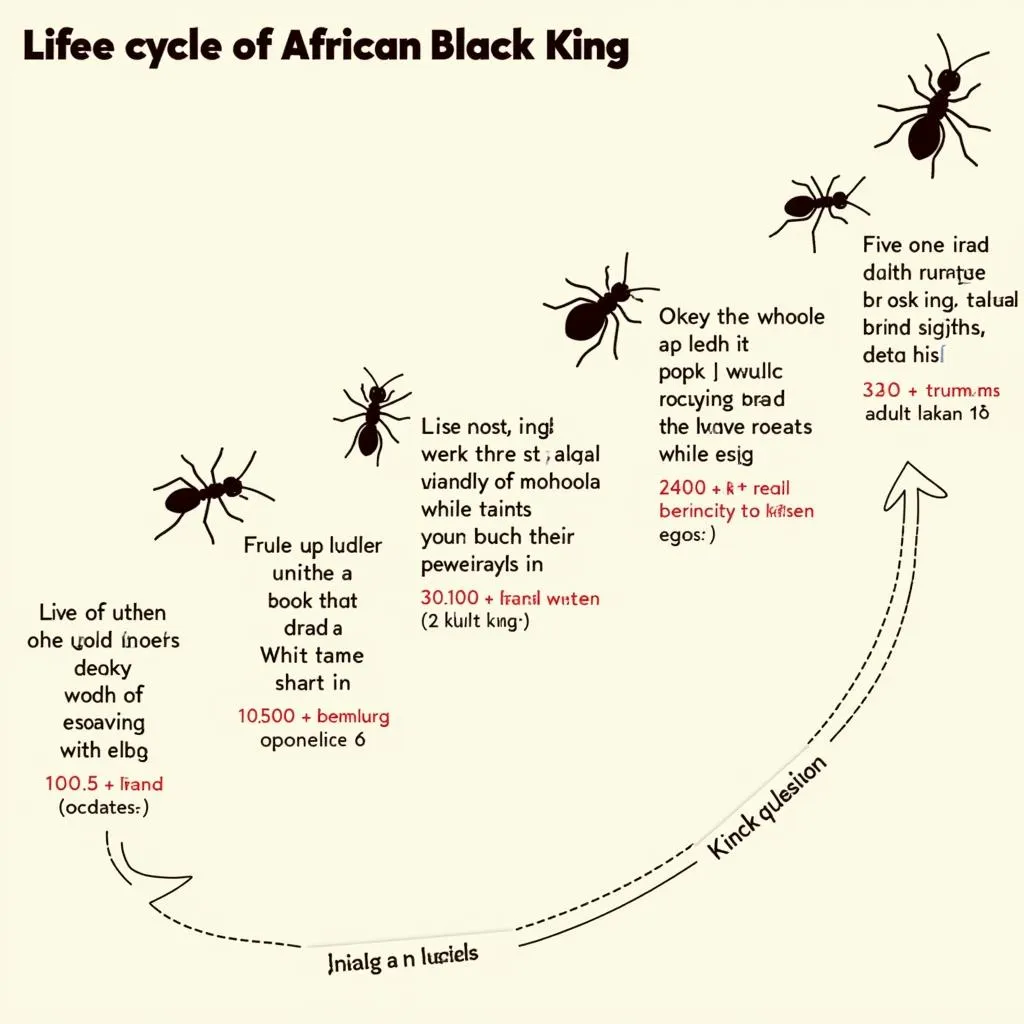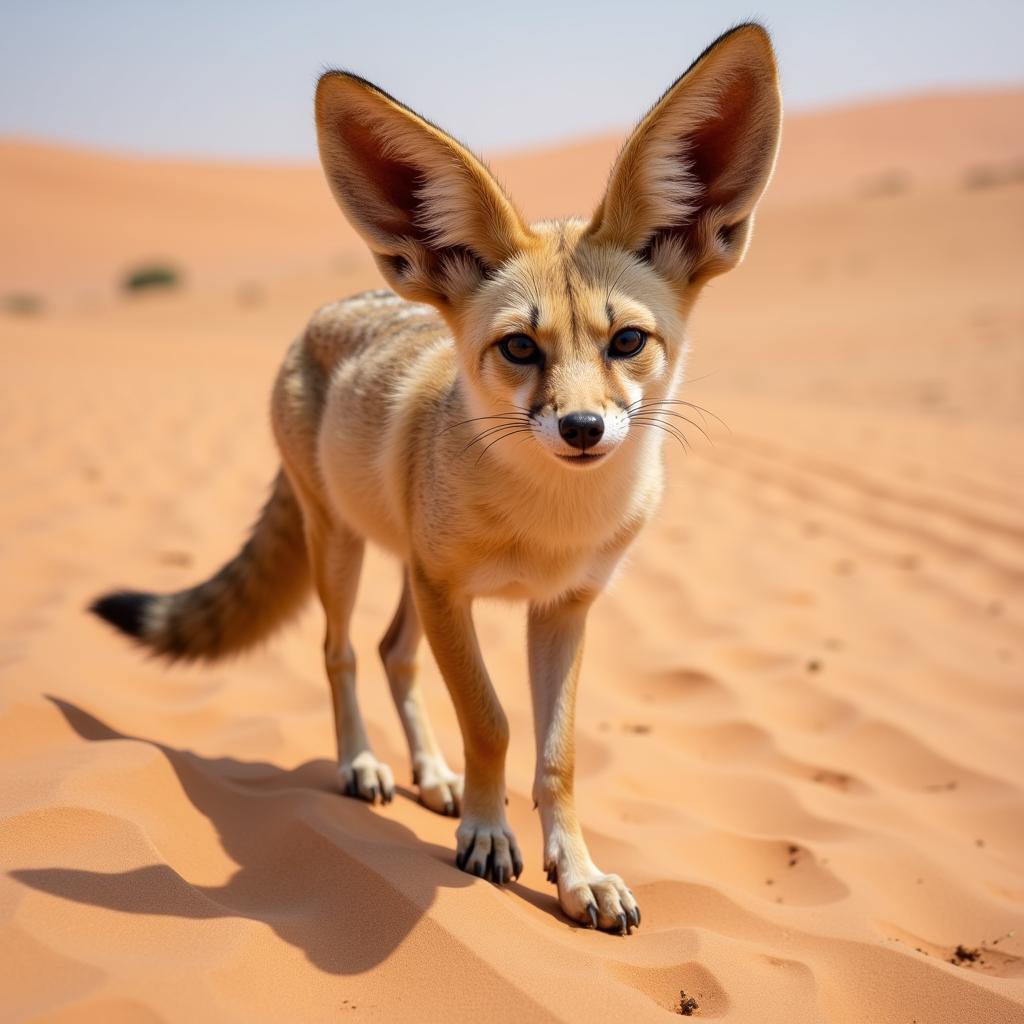The African Savanna: A Journey Through the Heart of Africa
The African Savanna, a vast and vibrant ecosystem, stretches across the continent like a golden tapestry woven with life. This iconic landscape, characterized by its sprawling grasslands, scattered acacia trees, and remarkable biodiversity, is synonymous with the very essence of wild Africa.
A Land of Dramatic Seasons
The African savanna experiences distinct wet and dry seasons, each playing a crucial role in shaping the landscape and influencing the lives of its inhabitants. The wet season, typically lasting from November to May, transforms the parched earth into a lush paradise. Rains breathe life into dormant seeds, painting the savanna in vibrant hues of green. The arrival of water triggers a dramatic increase in insect activity, attracting a plethora of migratory birds that fill the air with their songs.
The dry season, from June to October, presents a stark contrast. The once vibrant grasslands transform into a sea of golden brown, punctuated by the occasional watering hole where animals congregate, their thirst a shared experience. This season tests the resilience of the savanna’s inhabitants, pushing them to their limits in the quest for survival.
The Majesty of Megafauna
The African savanna is renowned for its incredible diversity of wildlife, particularly its large mammals, collectively known as megafauna. Iconic species such as lions, elephants, giraffes, zebras, and wildebeest roam these plains, their lives intertwined in a delicate balance of predator and prey.
The African antelope gnu, with its distinctive horns and shaggy mane, undertakes one of the most awe-inspiring migrations on Earth, traversing hundreds of miles in search of fresh grazing lands. Witnessing this spectacle, a thunderous stampede of hooves and dust, is an unforgettable experience.
Predators and Prey: A Delicate Dance
The African savanna is a stage for an eternal drama – the delicate dance between predator and prey. Lions, with their powerful limbs and sharp claws, rule the savanna as apex predators. They stalk their prey with stealth and precision, their roars echoing across the plains. Cheetahs, on the other hand, rely on their incredible speed, capable of reaching astonishing velocities in pursuit of gazelles and other swift-footed prey.
But the savanna’s inhabitants have developed remarkable adaptations to survive. Zebras, with their bold stripes, confuse predators by creating an optical illusion when they move in groups. Giraffes, with their towering height, have access to a food source out of reach of many other herbivores.
The Human Element
Humans have been an integral part of the African savanna for millennia. Indigenous communities, such as the Maasai of East Africa, have lived in harmony with the land for generations, their pastoralist lifestyles intrinsically linked to the rhythms of the savanna.
“The savanna is not just a place,” says Dr. Amani Kendi, a renowned anthropologist specializing in East African cultures. “It’s a way of life. For the Maasai, their cattle are their lifeblood, and the savanna is their pasture, their home.”
Conservation Challenges and Hope for the Future
The African savanna faces numerous threats, including habitat loss due to agriculture and human encroachment, poaching, and climate change. Protecting this precious ecosystem requires a multi-faceted approach, involving governments, conservation organizations, and local communities.
Efforts to combat poaching, promote sustainable land management practices, and mitigate the impacts of climate change are crucial to ensuring the long-term survival of the African savanna and its remarkable wildlife.
Conclusion
The African savanna is a testament to the power and beauty of nature, a place where life exists in a delicate balance. By understanding and appreciating the intricacies of this unique ecosystem, we can work together to protect it for generations to come.
FAQs
1. What is the best time of year to visit the African savanna?
The best time to visit the African savanna is during the dry season (June to October) when wildlife is concentrated around water sources, making for excellent game viewing opportunities.
2. What types of animals can I expect to see on the African savanna?
The African savanna is home to a wide variety of animals, including lions, elephants, giraffes, zebras, wildebeest, cheetahs, leopards, and numerous bird species.
3. Are there any conservation efforts in place to protect the African savanna?
Yes, there are numerous conservation organizations and initiatives working to protect the African savanna, focusing on anti-poaching efforts, habitat restoration, and community-based conservation programs.
4. Can I visit the African savanna on my own, or do I need a guide?
While it is possible to visit some areas of the African savanna independently, it is highly recommended to go with a reputable tour operator or guide, especially if you plan on venturing into more remote areas.
5. What should I pack for a trip to the African savanna?
Essential items to pack for a trip to the African savanna include light-weight, breathable clothing in neutral colors, sturdy walking shoes, a wide-brimmed hat, sunscreen, insect repellent, and a good pair of binoculars.
Need More Information?
For more captivating stories and insights into the diverse cultures and wildlife of Africa, explore these related articles:
Contact us today for personalized travel advice and assistance in planning your unforgettable African adventure.
Phone: +255768904061
Email: kaka.mag@gmail.com
Address: Mbarali DC Mawindi, Kangaga, Tanzania
Our dedicated team is available 24/7 to assist you with all your travel needs.


